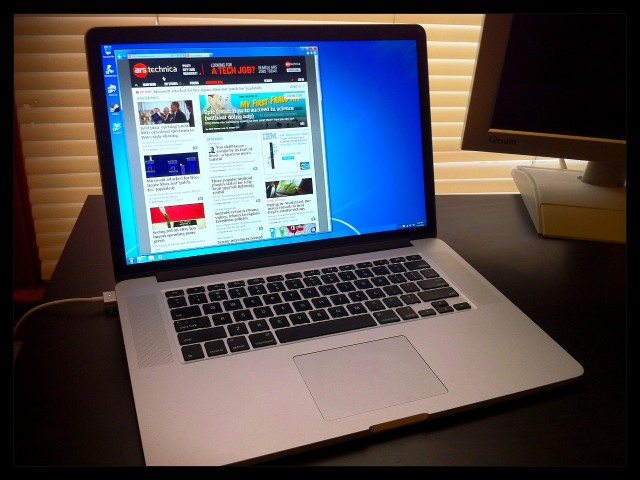Note: exFAT format USB flash drives do not work with ClonerAlliance products. Click a format option (FAT32 or NTFS). If you’ve formatted your drive before and you’re positive that it isn’t broken, you can also check the Quick Format box. Click Start, and then click OK. Doing this will cause Windows to begin formatting your flash drive for. If you want to use a USB drive on both Mac and Windows, then you need to format the drive to the format supported by both systems. And FAT32 is the format that both Mac and Windows PC support. In other words, you can read and write FAT32 file format on both the operating system.
- Formatting With Windows 8.1: Insert the USB drive into an open port on your.
- Windows Format Tool. As I mentioned before, Windows has its own Flash drive format tool.
- Generally, On Windows 10, 8, 7, there are some common ways you can format a USB flash drive. Method 1: Format a USB Flash Drive Using File Explorer. This is the easiest way with which many users are familiar. Refer to the following steps to learn how. Step 1: Connect your USB flash drive and open press Win key + E to open File Explorer.
Format Usb Drive From Mac To Pc
Admittedly, the Mac OS X platform is fundamentally different from the Windows platform. Coming from Windows to macOS can be somewhat confusing, even on the little things like formatting a hard drive, USB flash drive, or SSD.
If you are experiencing such ‘confusion,’ we are going to walk you through how to format a hard drive for a Mac OS X computer. But before we get down to that, here is some interesting fact you ought to know.

Most generic computer drives come preformatted for use on Windows PCs and are not compatible with Mac OS X out of the box. Though should you plug one into a Mac, it will generally read and work. That is because Mac can easily read other filesystem formats including those of Windows like MSDOS, FAT, FAT32, exFAT, and NTFS formats.
However, you should know a drive formatted to be entirely compatible with the Mac filesystem is more recommended and necessary for use with Time Machine and making bootable Mac OS X disks.
On the other hand, if you plan on using the disk between your Mac and Windows PC, you can format it to a filesystem compatible to both.
How to Format Disk on Mac Computer
Whether you want to format a hard drive, solid state drive (SSD), USB Flash drive, microSD card or any other type of disk. The procedure is the same. It also doesn’t matter if the disk is connected via USB, Thunderbolt, or Firewire. The steps are a follows:
Format Usb Drive On Windows For Mac


Format Usb Flash Drive For Mac And Windows Pc
Connect the disk to your Mac via the appropriate port (USB, Thunderbolt, or Firewire)
Go to Application > Utilities > Disk Utility
Locate the drive by looking for its name on the left-hand panel of the Disk Utility and click on it
Now click on Erase tab located at the top

On the Format contextual menu, select Mac OS Extended (Journaled)
At this point, you can name the disk if you want; though you can always do that at any time
Next, click on Erase and a second confirmation window will pop-up, and confirm Erase
Format Usb Drive For Mac
Voila, you are done with formatting the disk. You should know that SSDs and USB flash drives will typically format much faster than an external hard disk. Speaking of the external hard disk, the bigger the capacity, the longer it will take to format.